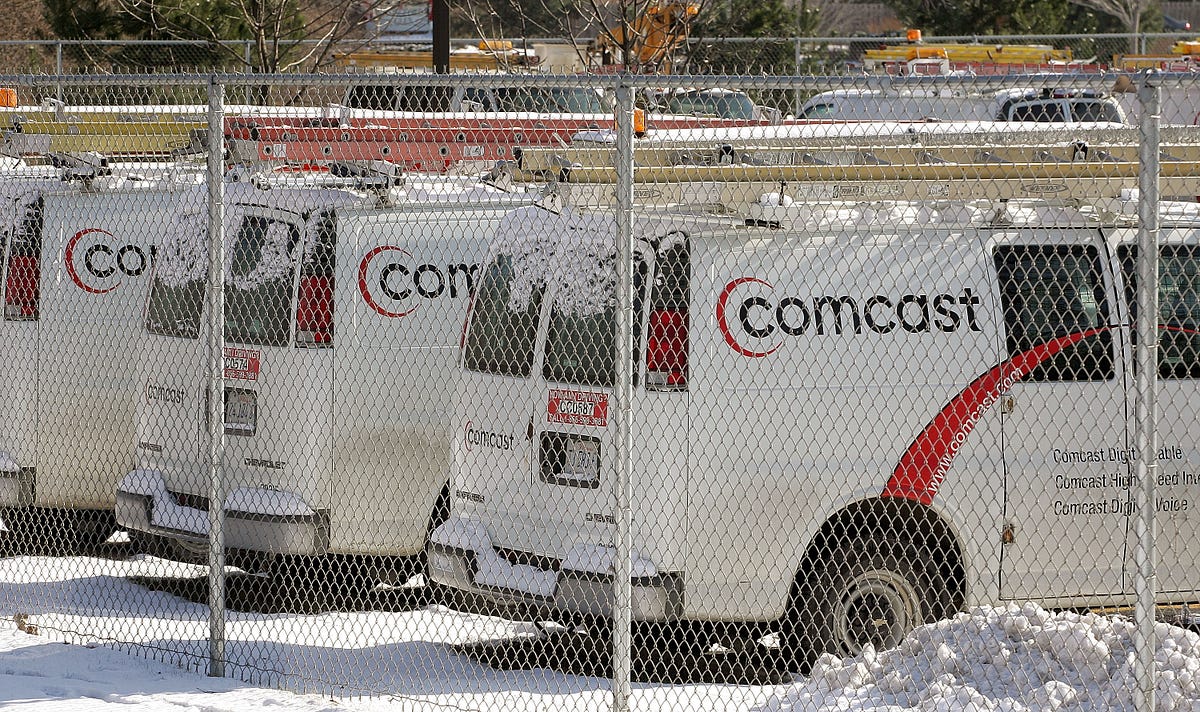Big Cable Owns Internet Access. Here’s How to Change That.
Joyce Park stashed this in Tech biz
Stashed in: Teh Internets, internet, Medium, Comcast
Comcast, AT&T, and Time-Warner are three of the most furiously reviled companies in the 21st century... and yet citizen-consumers feel totally unable to make change, other than begging Google Fiber to come to their neighborhoods. Harvard Law professor Susan Crawford tells us how to take control of the vital infrastructure of the future: fiber-optic cable.
That's a good summary of this article. I enjoyed her impassioned plea at the end:
Smarter, faster, cheaper. Now.
That’s my recipe for providing America with the connectivity it needs and deserves.
Big Cable and the telephone companies will undoubtedly claim it will be too expensive to connect everyone with a fiber-optic network. But is fiber really more expensive in the long run? Fiber will last 30 years or more — and it can be upgraded by installing new electronics rather than digging up the streets every few years. Operating a system of flexible glass fibers costs a fraction of what it costs to operate a system that relies on aging, corroding copper wires.
What about the hidden costs to our economy in terms of lost productivity and innovation? Isn’t it more expensive at the end of the day for all of us to pay more than we should for a legacy cable TV system because we have no alternative for high-speed internet access? And every year we pay for it, we are adding the opportunity cost of going to fiber.
In the long run, a fully fiber-optic network will be cheaper. And it will be cheaper still if we can unleash long-term investment capital to fund it.
Or we could wait for Comcast and Google. And suffer through a very long winter.











8:39 AM Jan 12 2016